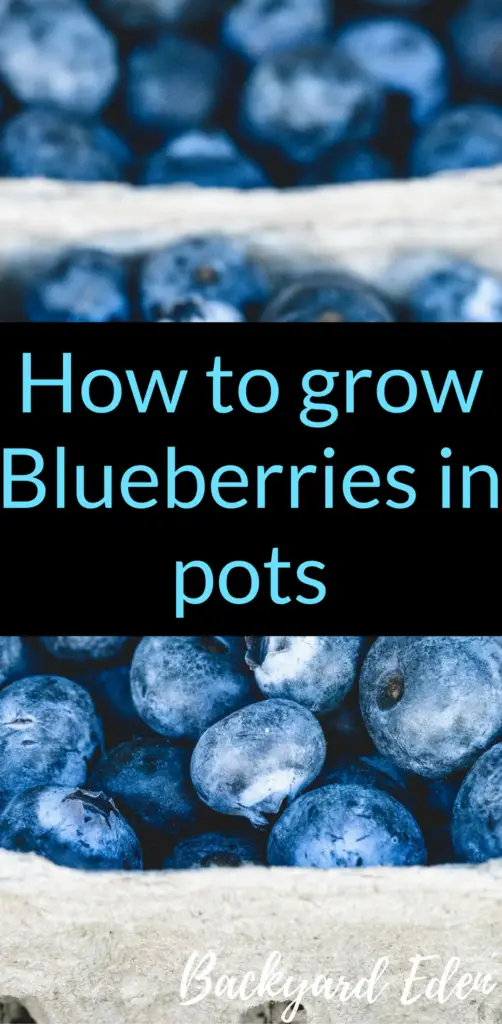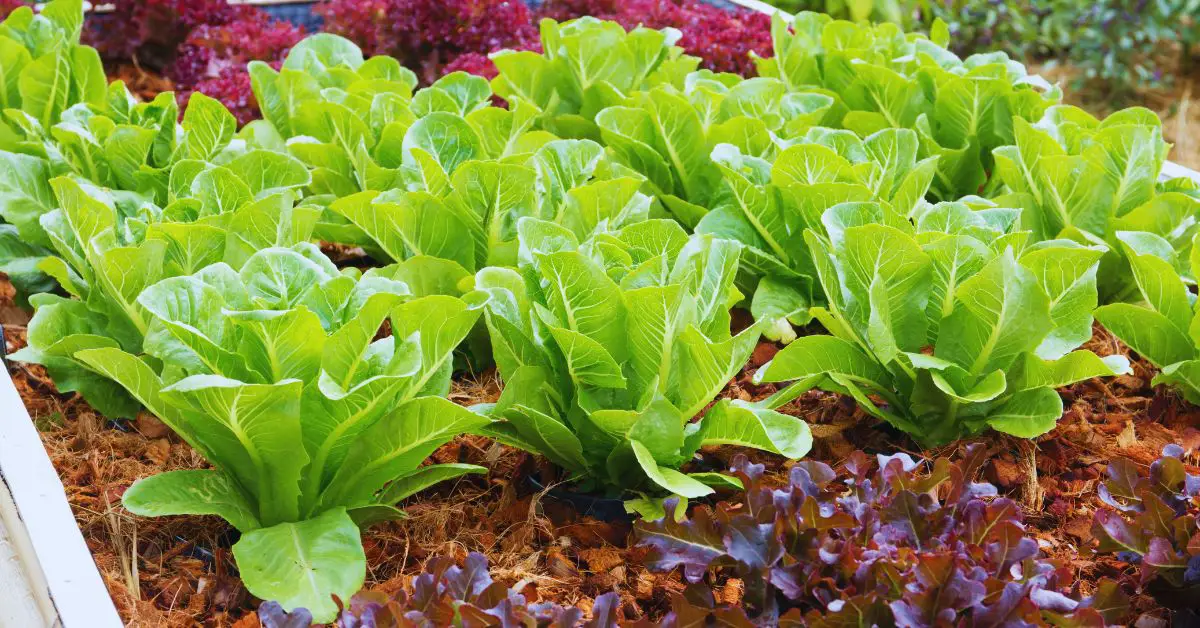How to Grow Blueberries in Pots
There is nothing better than growing your own fruit at home in your very own garden. Just think about it, you wake up in the morning and go out to harvest your very own blueberries. Wouldn’t that be amazing? Yes! Blueberries can be easy to grow in you have some basic knowledge. Here is how to grow blueberries in pots!
How to grow blueberries in pots
Just like anything else, blueberries can be grown in containers. This makes blueberries a perfect addition to any garden where space may be limited.
Blueberries are unique
First off, blueberries are acid-loving plants and it’s easier to monitor that in a pot. Second, they’re low maintenance! A little bit of feeding, pruning, and protection from birds is all they want. I always advocate perennials because there’s no need to replace potting mix every year, not to mention sow new seeds.
Related: How to revitalize your potting soil
Finally, they’re pretty! Usually, gardeners have two choices: Either a plant looks good or it provides an edible crop. It’s a frustrating trade-off but one that we have to live with. Blueberries, however, are both edible and ornamental. They have lovely white flowers and attractive red and orange autumn foliage. Even the blueberries don’t look half bad!
Planting
The first thing you need to do when preparing to plant blueberries is to choose the right pot. The blueberry plant that you choose will grow into a decent-sized bush. It will spread out to about a two and a half foot diameter.
The bush will grow and put out new growth each year, it will also put out a couple of flushes of berries. The pot needs to be at least twenty-gallon with some drainage holes in the bottom. This size pot will provide adequate space for the roots to grow.
Watering
Blueberries like boggy soil. It’s difficult to overwater them and important that you don’t let them dry out over the summer months. Keep the soil moist but not soaked. They’ll do best in a spot with as much sunlight as possible.
Soil pH
Blueberries like very acidic soil. Soil should be kept at a pH of 5.5 or lower when growing blueberries. Investing in a simple pH meter will allow you to keep an eye on the level. Sulfur chips can always be added to increase the acidity of potting soil.
I choose to use an Azalea fertilizer when feeding my Blueberries. Similarly, use rainwater (as opposed to alkaline tap water) whenever possible. If you only have access to tap water, you can mix in a little vinegar (about half a cup for one gallon is a good rule of thumb).
Fertilizing
During the main growth period, feed monthly or bi-monthly with an acidic fertilizer. Repot plants with acidic soil every couple of years.
They’re not hungry plants so don’t overdo it with the feeding! An alternative, if you’re after the no-hassle option, is to simply mix in some slow-release fertilizer at the very start of the season.
Pollinating
While blueberries are self-pollinating to an extent, they will produce larger and more abundant berries if cross-pollinated by a different variety.
It takes two to jam! Growing two varieties, with similar blooming times, is one of the best things you can do. Different varieties bloom at different times and you want flowering to occur within a similar time window
Harvesting
Once you have learned how to grow blueberries in pots, you will have fruit that will ripen through midsummer, turning from green to dusty blue.
These fruits will be best right off the plant. Harvest freely throughout this period. Berries can be eaten fresh or frozen.
They’re ideal for freezing and doing so early will lock all the nutrients in.
Pruning
As a general rule of thumb when growing blueberries, hold off on pruning for the first year or two. After that, you’ll notice that branches and side-branches can quickly organize themselves into a tangled mess.
When pruning, which should be done in late February or early March, stick to branches that are dead and those with mostly vegetative buds, not flower buds.
Leaf buds, which look like small spikes (above), can be distinguished from the bigger, swollen buds that will unfurl into flowers (below)
Avoiding Pests and problems
Blueberries are relatively trouble-free once you know how to grow blueberries in pots, but I probably don’t need to explain why birds are the number one enemy!
The best thing you can do to stop those pigeons and bluebirds from eating your berries is to provide some kind of netting protection. You don’t need a full-blown fruit cage, but some mesh hung over bamboo canes in pots (or a similar contraption) should do the job.
There can also be problems with aphids and powdery mildew, which will present itself as white fungus. Prune out any affected foliage.
Once you have mastered growing blueberries in pots you will have fresh fruit for many seasons to come.
If you like this article on how to grow blueberries in pots, please share it on social media and with friends. For all the latest recipes, container gardening tips, and growing guides subscribe to our newsletter in the sidebar.
Also, check out our article on What is succession planting? or How to grow Carrots!
Be sure to Like us on Facebook and Follow us on Instagram, Twitter, and Pinterest!






